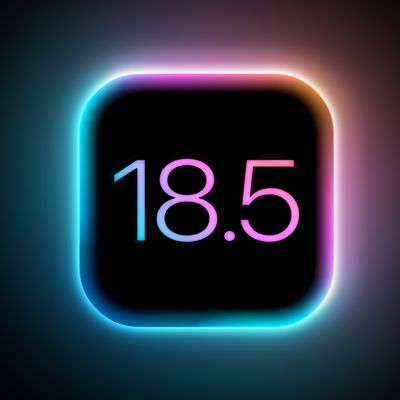Apple plans to release an entry-level iPad 11 in the spring and iPadOS 18.3 will be pre-installed on the shipped devices, according to a source with a proven track record for upcoming Apple software updates.

Several reports in the last few months have suggested Apple is developing an 11th-generation iPad that is scheduled to be released around the same time as a new iPhone SE 4 and iPad Air in the spring.
Today's source adds weight to the evidence. Apple is expected to release iOS 18.3 and iPadOS 18.3 in late January or early February, which would be time enough for the company to get the latest software on new devices for shipping around March.
Rumors of new features are thin on the ground, but today's source says his information does not support rumors that the low-cost iPad will include Apple's upcoming custom 5G modem, which is also expected to be introduced in the iPhone SE and iPhone 17 Air in 2025. Apple's modem chip will be capable of theoretical 5G download speeds of up to 4Gb/s, which is slower than Qualcomm's modems in current phones. The chip will not support the fastest mmWave 5G, and will instead be limited to sub-6GHz 5G.
Meanwhile, Bloomberg's Mark Gurman has said that the device will likely support Apple Intelligence, which suggests the iPad 11 will have a newer A-series chip compared to the iPad 10, and at least 8GB of RAM. Apple released the iPad 10 in October 2022 with the A14 Bionic chip. Gurman has also said Apple is working on a new Magic Keyboard accessory for the low-cost iPad and/or the iPad Air which is expected to come out by the middle of 2025.
Apple has seeded the first betas of iOS 18.3 and iPadOS 18.3, but there's no word yet on what's included. What we do know is that Apple is still working to roll out Apple Intelligence features. iOS 18.2 and iPadOS 18.2 include Image Playground, Genmoji, and Siri ChatGPT integration, but there are still new Siri functions that are slated for release next year.
We could see updates to Siri with iOS 18.3, and the features Apple has in development include personal context, on-screen awareness, and the ability to do more in and between apps.





















